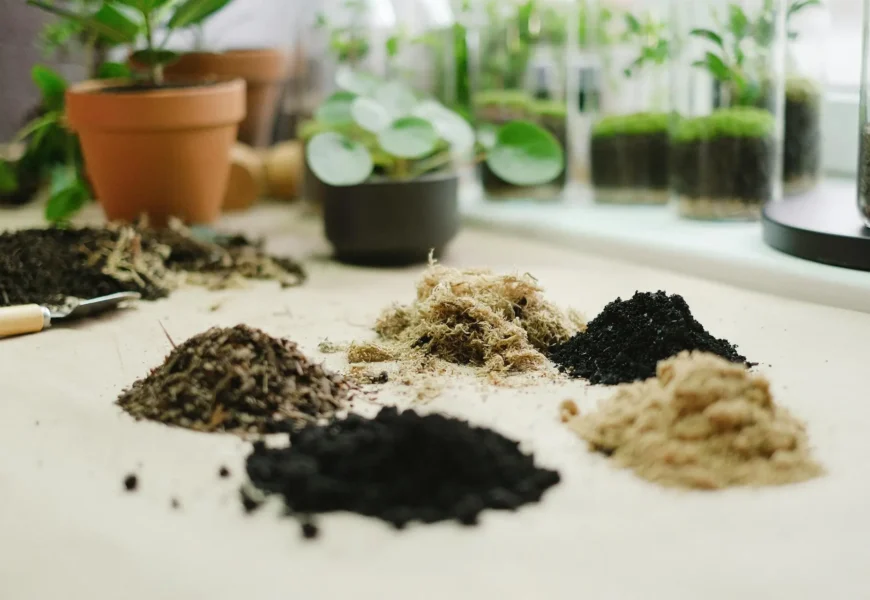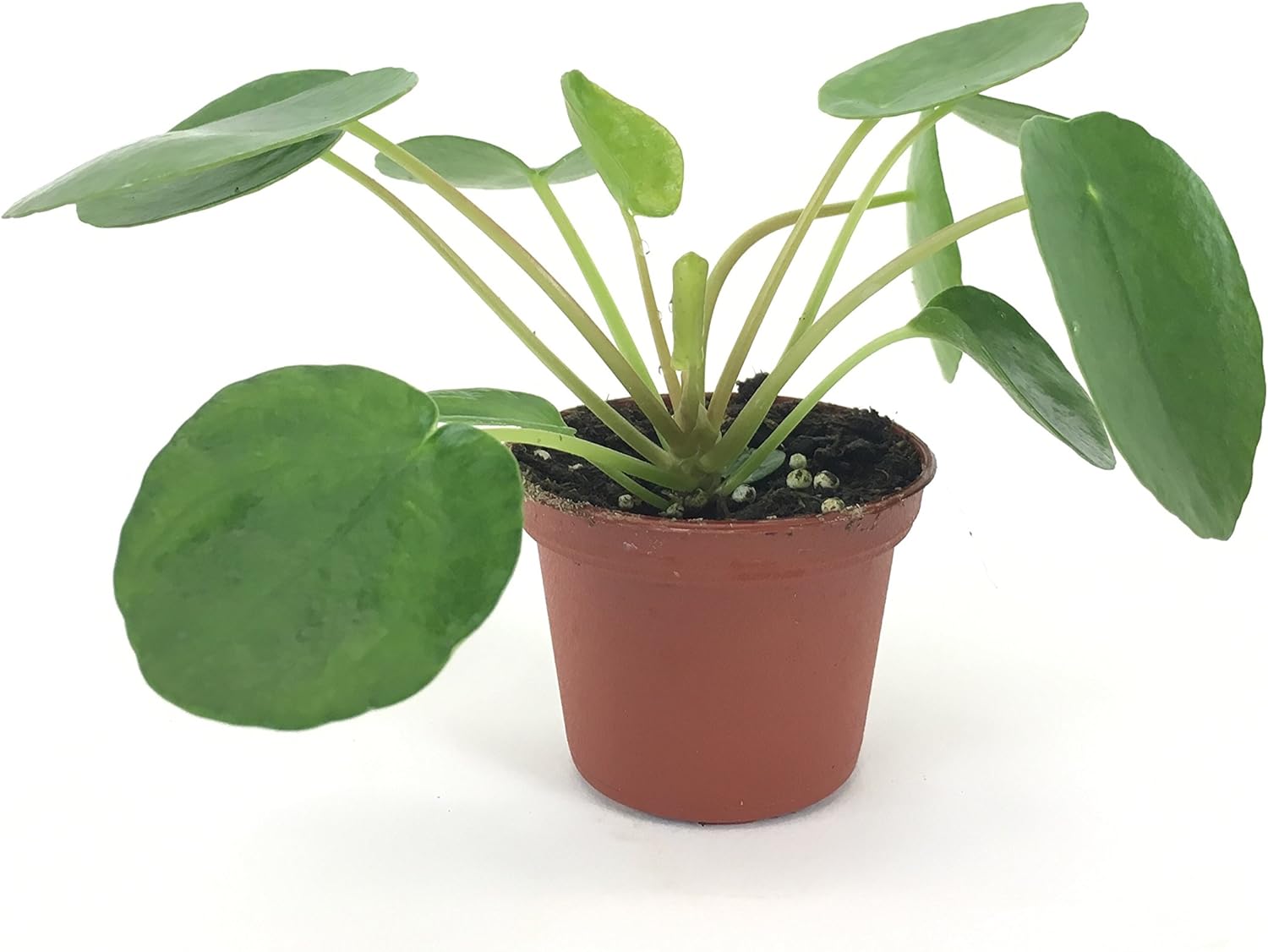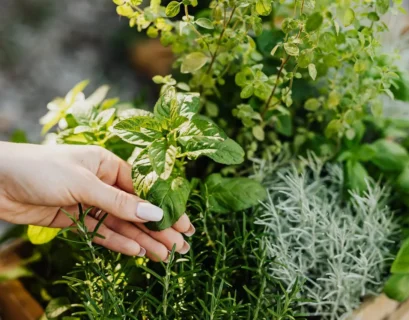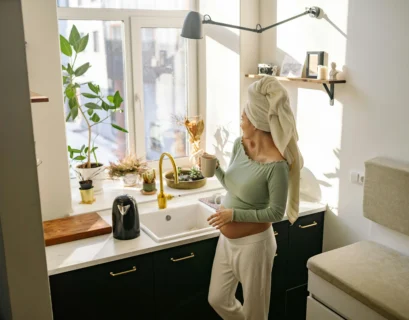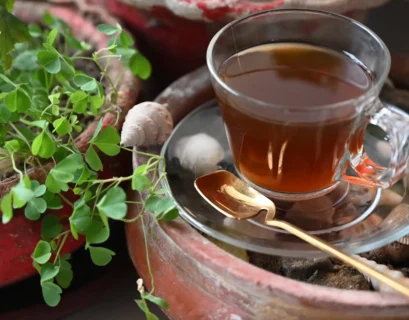It’s a common misconception that all houseplants thrive in the same soil. In reality, just like humans have dietary preferences, so do our leafy friends. Different houseplants need different soil compositions to flourish, and a lack of the right soil can lead to stunted growth, wilting, and even disease. Fear not! This comprehensive guide will illuminate the complexities of houseplant soil, helping you choose the best soil for each of your botanical plants.
Table of Contents
Why It Is Important to Choose the Best Soil
Picture this: your houseplant is looking a bit down in the dumps. It’s a bit droopy, its leaves are losing their vibrancy, and it’s not growing as fast as it should. The culprit? It could be the soil! Choosing the right soil for your houseplant is like selecting the perfect wardrobe; it plays a vital role in your plant’s overall well-being and appearance.
Here’s the scoop on why soil composition is so crucial:
- Aeration and Drainage: The right soil allows for proper air circulation around the roots, ensuring they can breathe and absorb water efficiently. Poor drainage can lead to soggy roots, which are prone to rot and fungal diseases.
- Nutrient Availability: Soil provides essential nutrients that plants need to grow. Some plants prefer a soil rich in nutrients, while others prefer a leaner mix.
- pH Level: Soil pH affects the availability of nutrients in the soil. Some plants, like acid-loving begonias, thrive in slightly acidic soil, while others, like succulents, prefer a more alkaline environment.
- Water Retention: Different plants have different water needs. Some plants, like ferns, appreciate moisture, while others, like cacti, prefer a drier soil. The right soil will hold the appropriate amount of water for your plant’s specific needs.
Let’s get a little deeper into the components of soil and how they contribute to a healthy houseplant.
Understanding Your Plant’s Needs
Before you even think about what is the best soil for houseplants, you need to understand the specific needs of your plant. Just like humans have different dietary needs, plants have varying preferences for soil composition. Some plants thrive in well-draining soil, while others prefer a moisture-retentive mix. Take a moment to research the specific requirements of your houseplant. This will guide you in choosing the ideal soil blend.
What Makes Up Good Potting Soil?
Good potting soil is a mix of ingredients designed to provide optimal conditions for plant growth. Here’s a breakdown:
- Potting Mix: This is the base of your soil, often made from peat moss, coco coir, or composted bark. It provides structure and aeration, allowing roots to breathe and thrive.
- Perlite: A lightweight, volcanic material that improves drainage and aeration.
- Vermiculite: A mineral that retains moisture and releases nutrients, providing a steady supply of water and essential elements.
- Compost: This decomposed organic matter adds valuable nutrients and improves soil structure.
- Worm Castings: These are the poop of earthworms, packed with nutrients and beneficial microorganisms that enhance soil health.
Common Types of Potting Soil and When to Use Them
There are a variety of pre-made potting mixes available, each designed for specific needs. Here are a few to consider:
- All-Purpose Potting Mix: This is a good starting point for most houseplants, offering a balanced mix of nutrients and drainage. If you’re unsure what is the best soil for houseplants, this is a safe bet.
- Cactus & Succulent Mix: Designed for plants that prefer dry conditions, this mix features a higher proportion of perlite and sand for excellent drainage.
- African Violet Mix: Formulated for plants that prefer a slightly acidic soil, this mix is typically rich in peat moss.
- Orchid Mix: These mixes are specially formulated for orchids, typically containing bark, moss, and charcoal for excellent aeration and drainage.
Choosing the Right Soil for Your Houseplants: A Practical Guide
Now that you have a basic understanding of soil composition, let’s dive into choosing the right soil for your individual plants:
- Consider Your Plant’s Needs: Refer to your plant’s care guide or research its specific preferences online. Some plants thrive in well-draining soil, while others prefer a moisture-retentive mix.
- Look for a Soil With Good Drainage: Excess moisture can lead to root rot, so choosing a soil with good drainage is crucial. Look for mixes that contain perlite or vermiculite.
- Don’t Forget About Nutrients: Plants need nutrients to grow, so opt for a soil that contains compost or other organic matter for added nourishment.
Tips for Repotting
- Repotting Time: Repotting is typically done in the spring or summer when plants are actively growing.
- Choosing the Right Pot: Select a pot that is just slightly larger than the plant’s current container to encourage healthy root growth.
- Repotting Process: Gently remove the plant from its current pot, loosening any compacted soil. Add a layer of fresh soil to the bottom of the new pot, place the plant, and fill in the remaining space with soil.
- Watering: Water the repotted plant thoroughly to settle the soil and encourage root development.
Additional Resources:
- My Blog Post on Easy Houseplants for Beginners: This blog post provides a great starting point for those new to houseplants and covers essential information about soil and care.
- My Blog Post on Top 20 Gardening Hacks for Happy and Thriving Plants: This post delves into the importance of healthy soil for maintaining vibrant foliage and provides tips for achieving sparkling leaves.
Remember, what is the best soil for houseplants varies depending on the plant’s specific needs. By following these tips and choosing the right soil, you can provide your houseplants with the foundation they need to thrive.
Understanding Soil Composition: The Foundation of Healthy Growth
So, you’ve decided to bring a touch of green into your home, and you’re ready to welcome your new houseplant family. But before you dive into the world of potting mixes, it’s essential to understand what makes up a good soil for your indoor companions. Think of it as building the perfect foundation for a thriving green oasis in your home!
First things first, let’s talk about the components that make up a quality houseplant soil.
Potting Mix: This is the core ingredient, providing structure and aeration for the roots. Most potting mixes are a blend of peat moss, bark, vermiculite, and perlite. These ingredients work together to create a loose, airy texture, allowing for proper drainage and preventing waterlogging.
Compost: This valuable addition provides essential nutrients to your plants, aiding in healthy growth and vibrant foliage. Think of compost as a natural fertilizer that gives your houseplants a boost of energy.
Worm Castings: These are a powerhouse of nutrients and beneficial microorganisms. They improve soil structure and promote strong root development. You can find worm castings as a separate amendment or incorporated into specific potting mixes.
Perlite: This lightweight volcanic rock helps improve aeration and drainage. It prevents the soil from becoming compacted and soggy, allowing air to reach the roots.
Vermiculite: Another mineral additive, vermiculite is known for its excellent water retention properties. It helps to hold moisture in the soil while also providing essential nutrients.
Now, you might be wondering, “Is there one magic soil mix for all houseplants?” The answer, unfortunately, is no. Every plant has its unique needs and preferences, and the right soil mix can vary depending on the species.
What is the best soil for houseplants?
To find the perfect soil for your houseplants, consider their individual needs:
- Light Requirements: Plants that prefer bright light often benefit from a well-draining soil mix with good aeration.
- Watering Needs: Plants that require frequent watering may need a soil mix with a higher water retention capacity.
- Nutrient Requirements: Plants that are heavy feeders may benefit from a soil mix with a higher compost content.
For example, if you’re growing a Philodendron, a Monstera, or a Peace Lily, you might want to choose a well-draining soil mix that allows for air circulation. These plants don’t enjoy sitting in soggy soil.
On the other hand, African Violets, Orchids, and Peperomias may benefit from a more moisture-retentive soil mix. These plants appreciate consistently moist soil, but not waterlogged conditions.
Remember, when in doubt, you can always consult a Green Thumb Guide or a Houseplant Care Guide for detailed information on the specific needs of your chosen species.
Let’s dive deeper into specific types of soil mixes and explore how to choose the right one for your plant collection.
Understanding Different Soil Types
Now that you understand the basics of soil composition and its importance for your houseplants, let’s dive into the different types of soil available.
1. Potting Mix:
This is the most common type of soil used for houseplants. It’s a blend of different ingredients like peat moss, coir, perlite, and vermiculite.
- Peat moss: A natural material that absorbs water and provides good aeration. However, it’s important to note that peat moss extraction can contribute to environmental issues. Consider choosing peat-free potting mixes as a more sustainable option.
- Coir: A fiber derived from coconut husks. Coir is a natural alternative to peat moss and is highly absorbent and sustainable.
- Perlite: A lightweight, porous volcanic glass that helps with drainage and aeration.
- Vermiculite: A mineral that also provides drainage and aeration, while retaining moisture.
Potting mix is generally well-suited for most houseplants, offering a balanced mix of drainage, aeration, and moisture retention.
2. Soil-Based Mix:
This type of soil is composed of natural ingredients like topsoil, compost, and manure. It offers good nutrient content and helps with water retention.
- Topsoil: The top layer of soil found in gardens. It’s rich in organic matter and nutrients.
- Compost: Decomposed organic matter, providing a source of nutrients and improving soil structure.
- Manure: Animal waste that can be added to soil for added nutrients.
Soil-based mixes are a great choice for houseplants that thrive in slightly richer soils.
3. Specialty Mixes:
These mixes are formulated for specific plant types. For example, there are mixes specifically designed for succulents, cacti, or orchids.
- Succulent and cacti mix: These mixes are typically well-draining, often with added sand or perlite to ensure the soil doesn’t retain too much moisture.
- Orchid mix: These mixes usually contain bark chips, moss, and charcoal to provide the air circulation and drainage that orchids require.
If you have a specific plant type, consider choosing a specialty mix designed for its unique needs.
4. DIY Mixes:
You can also create your own custom soil mixes by combining different ingredients. This can be a great way to ensure your plants receive the exact nutrients and properties they need.
If you’re interested in crafting your own soil mix, consider researching the specific needs of your plants and experimenting with different combinations.
It’s important to remember that the best soil type for your houseplants will depend on their specific needs and the environment you provide them. Don’t be afraid to experiment and find what works best for your green friends.
For more information on specific types of houseplants and their needs, explore these helpful resources:
- Bird of Paradise Plant Care: A Comprehensive Guide to Thriving Blooms
- Houseplants That Hate the Sun: Indoor-Only Beauties
Next, we’ll dive into the important factors to consider when selecting the right soil for your specific houseplants. Stay tuned!
- Perfect for both novice and experienced gardeners.
- Decorate your home with your family and share the joy of blooming together.
- Good gift choices.
Common Soil Problems and Solutions
Now, let’s talk about some common soil issues that might arise and how to deal with them.
1. Compacted Soil: Over time, soil can become compacted, especially if it’s been watered too much. This creates a dense barrier that prevents water and nutrients from reaching the roots. To remedy this, gently loosen the soil with your fingers or a small gardening tool. You can also repot the plant in fresh, well-draining soil.
2. Nutrient Depletion: Houseplants, just like any other living thing, need nutrients to thrive. Over time, the soil will deplete its nutrients. This can be solved by fertilizing your plants regularly, as discussed earlier.
3. Pests and Diseases: While not directly related to soil type, pests and diseases can thrive in poorly draining soil. Choosing the right soil that promotes drainage can help minimize these problems.
4. Overwatering: Using a soil mix that doesn’t drain well can lead to overwatering, which is a common issue for many houseplant owners. If you notice your plant’s leaves turning yellow or drooping, it could be a sign of overwatering.
5. Salt Build-up: If you use tap water to water your plants, you might notice a buildup of salts in the soil. This can harm your plants. You can combat this by flushing the soil with water every few weeks.
6. Improper Drainage: If you don’t have good drainage, the roots of your plants can become waterlogged and rot. The right soil can help with this. If you’re unsure, repot your plants in a pot with drainage holes and use the proper soil mix.
7. Potting Up: As your plant grows, it might need to be repotted into a larger container. This allows for more space for the roots to spread and access nutrients. If you find your plant needs to be repotted often, this might mean you need to use a heavier soil mix.
8. Root Rot: Root rot is a serious problem that can be caused by overwatering or poor drainage. You’ll notice brown or mushy roots. If you’re seeing this, it’s important to act quickly. Repot the plant in fresh soil and remove any damaged roots.
9. pH Levels: The acidity or alkalinity of the soil can affect the availability of nutrients. For most houseplants, a slightly acidic soil (pH between 6.0 and 6.5) is ideal. You can adjust the pH of the soil with acidic fertilizers or amendments.
Remember, the right soil mix for your plant is crucial for its health and growth. Experiment with different mixes, observe your plant’s reaction, and make adjustments as needed.
Conclusion: Cultivating Happy and Healthy Houseplants
Choosing the right soil for your houseplants is a critical step in ensuring their well-being. Understanding the different types of soil available, their properties, and your plant’s specific needs can help you create the ideal environment for your green companions.
By taking the time to learn about soil composition, drainage, nutrient content, and your plant’s specific requirements, you can provide the foundation for healthy growth. Remember, the journey to a thriving houseplant begins with the soil.
For more information and tips on caring for your houseplants, check out these additional resources:
- Bird of Paradise Plant Care: A Comprehensive Guide to Thriving Blooms – This article provides detailed information on caring for a popular houseplant.
- Houseplants That Hate the Sun: Indoor Only Beauties – Discover the perfect houseplants for shaded areas.
- Green Thumb Guide: 10 Easy Houseplants for Beginners – Get started with beginner-friendly houseplants for your home.
- Green Gold Rush: The High Cost of Houseplants – Learn about the increasing cost of houseplants and how to save money.
- Aphid Attack: How to Save Your Houseplants From These Pesky Bugs – Get tips on dealing with common houseplant pests.

